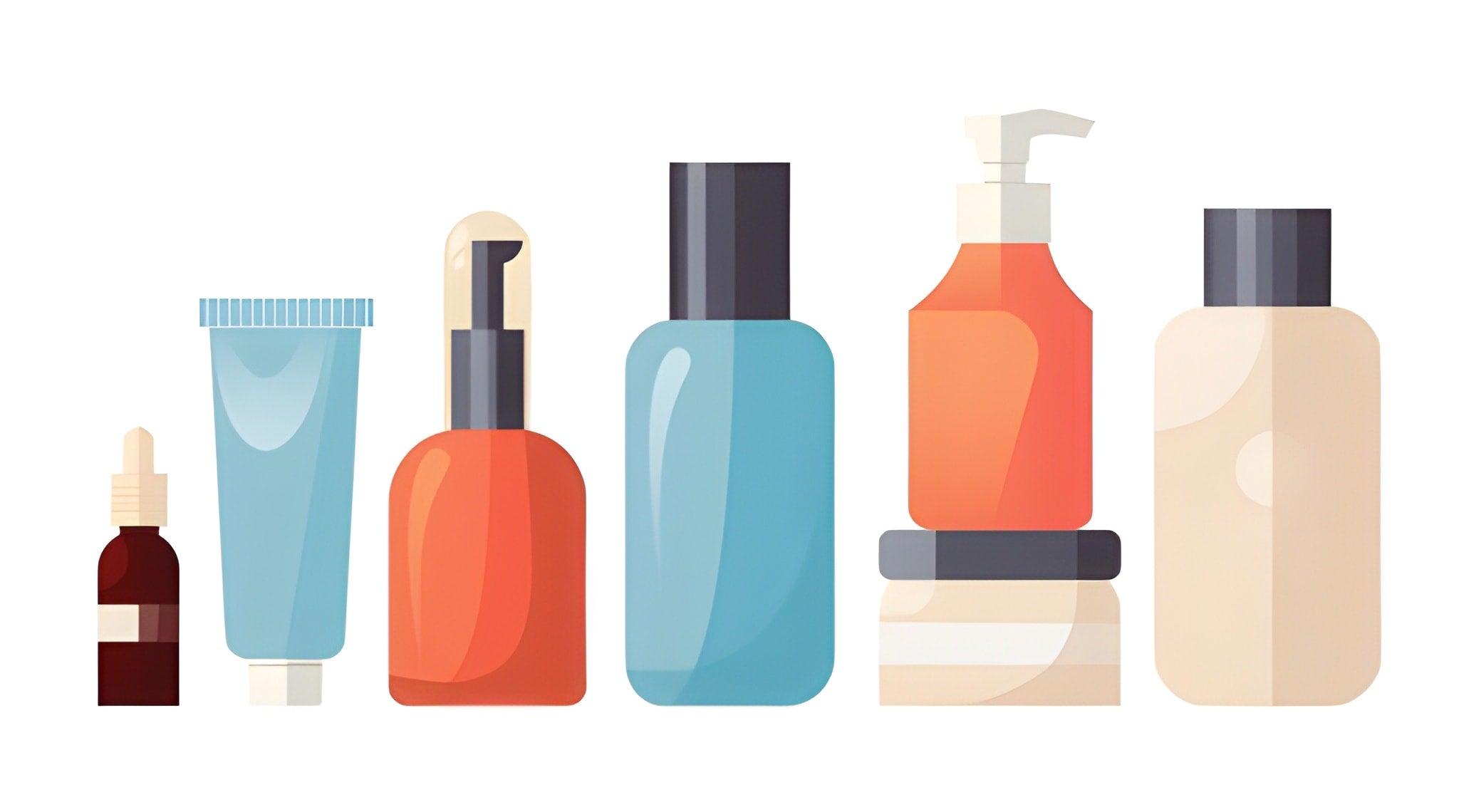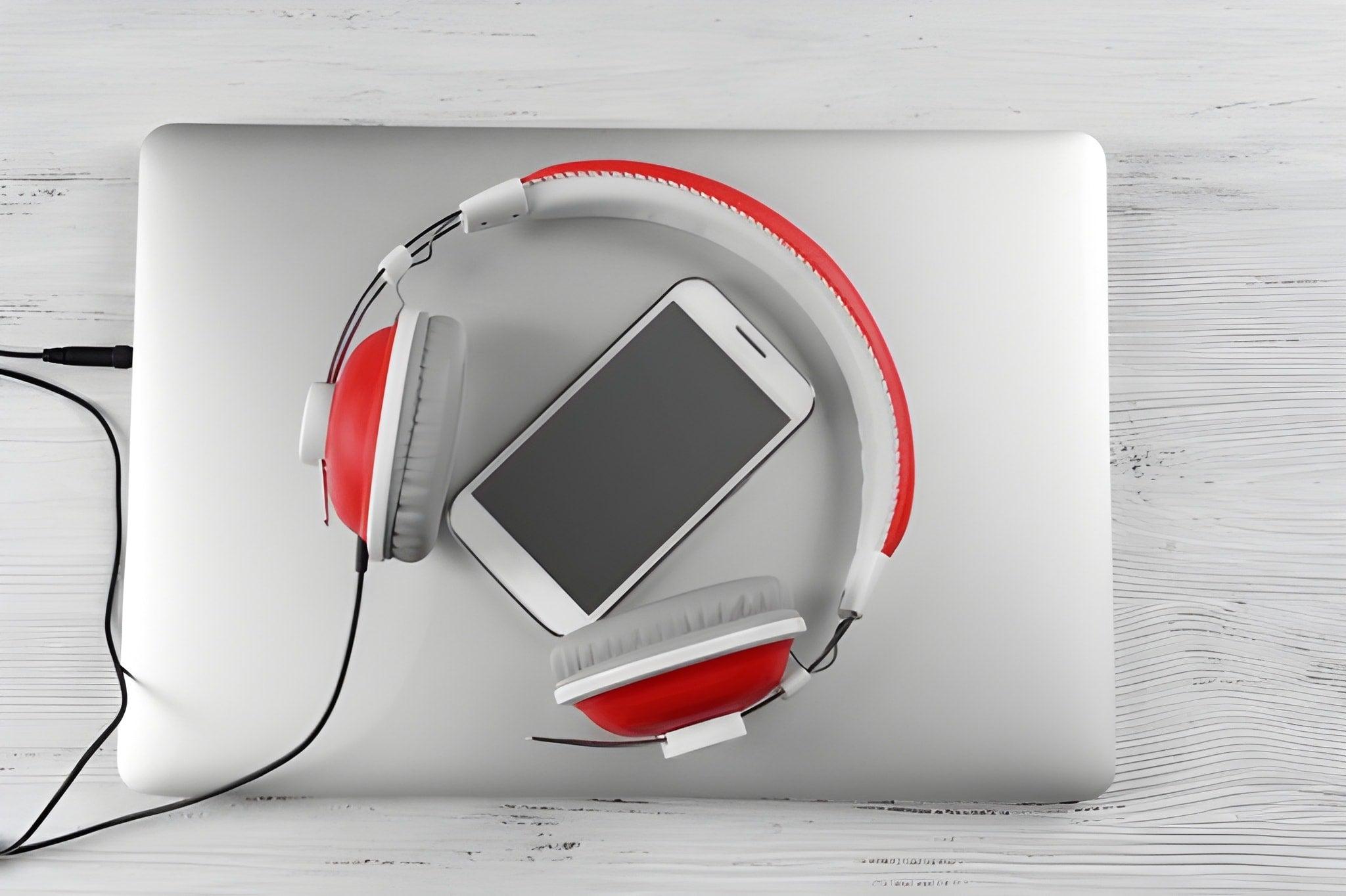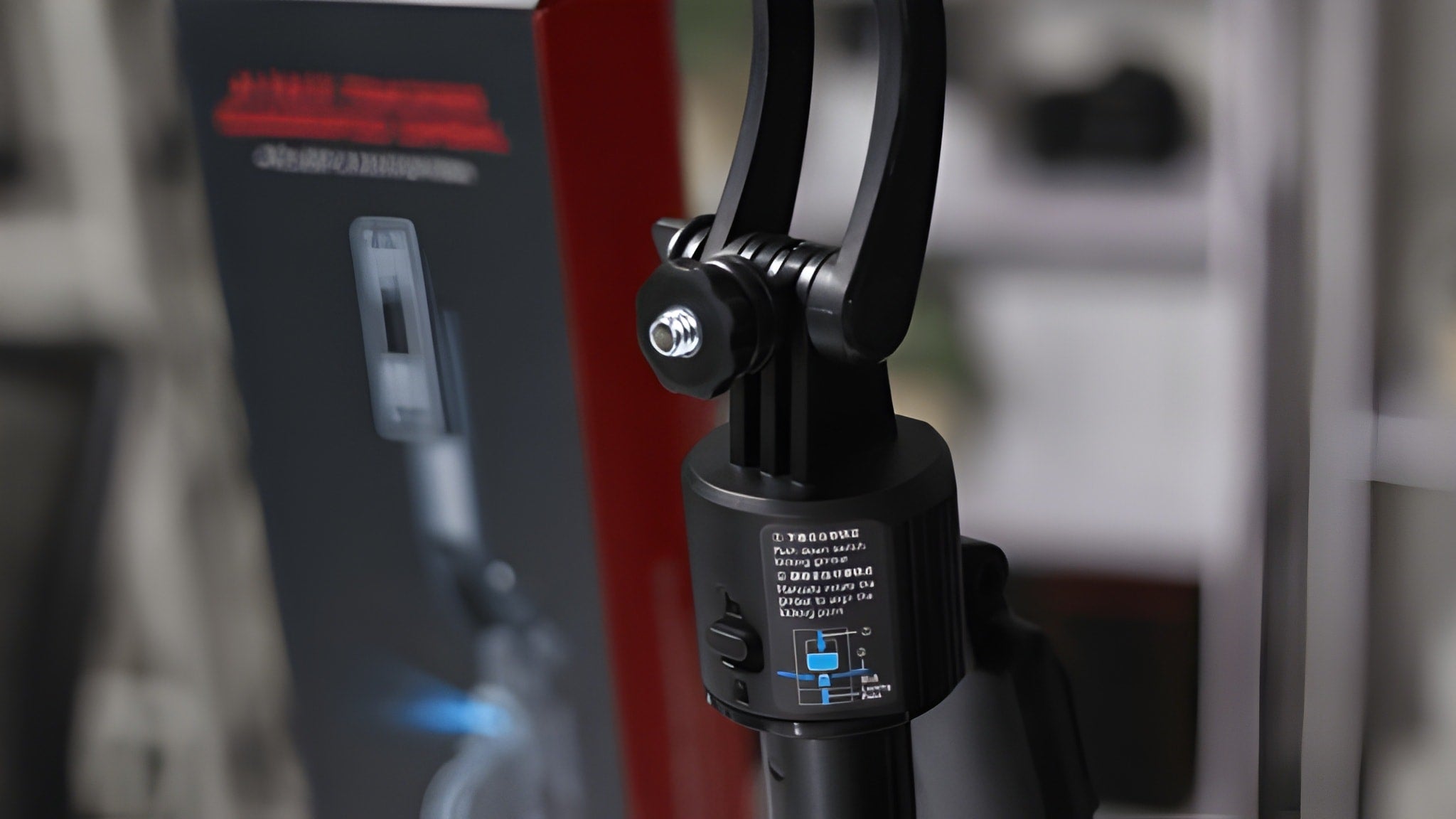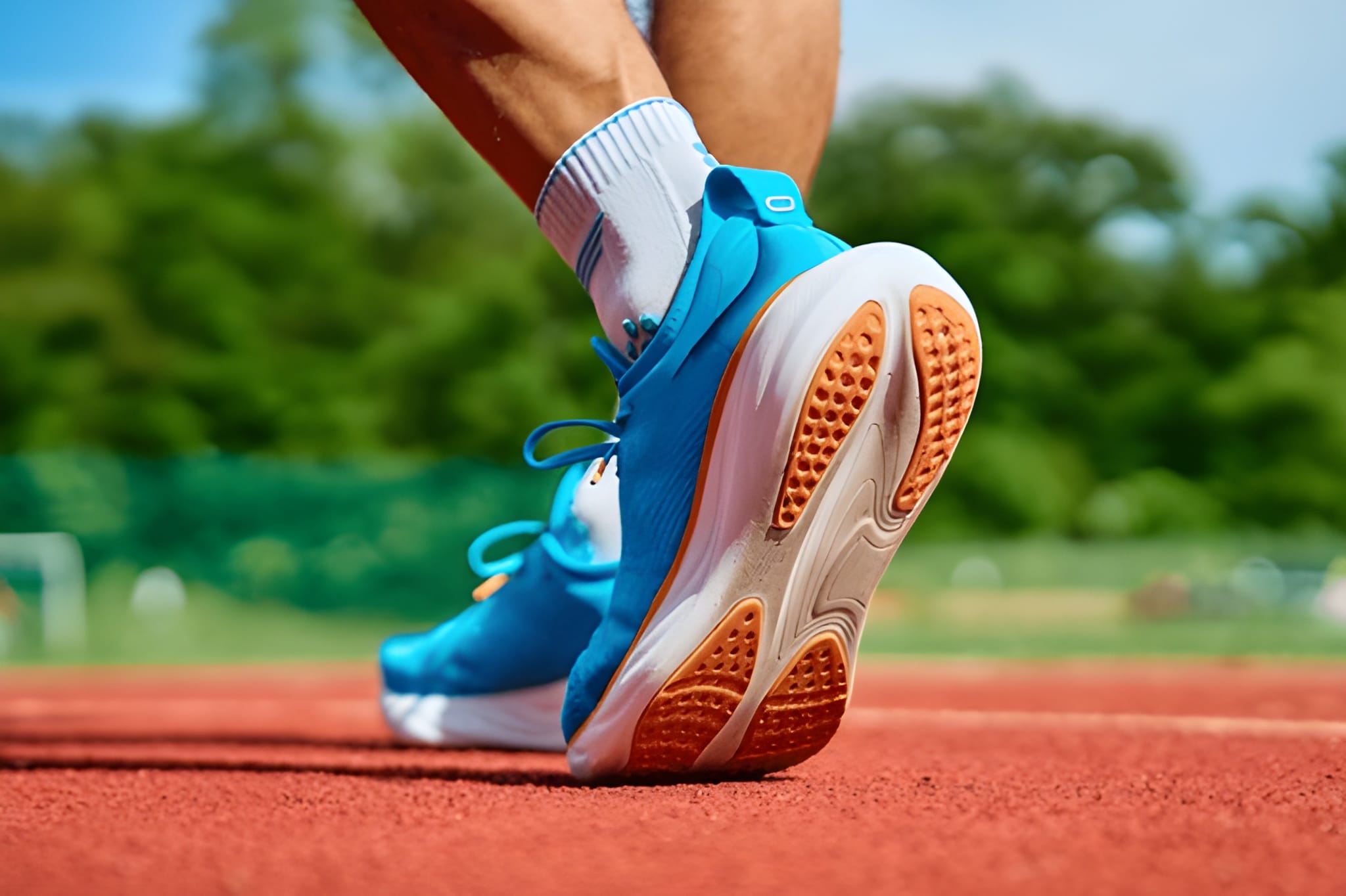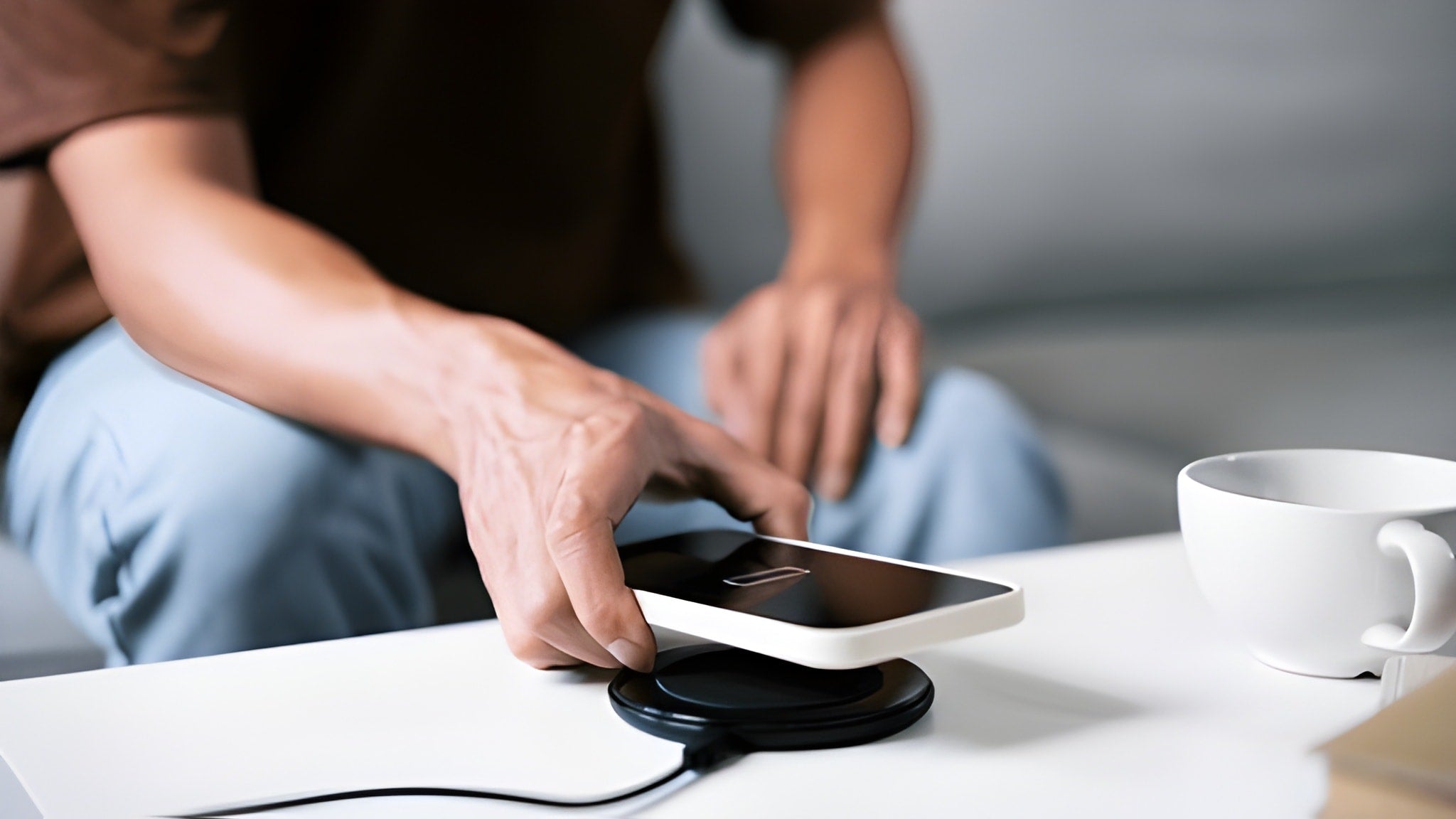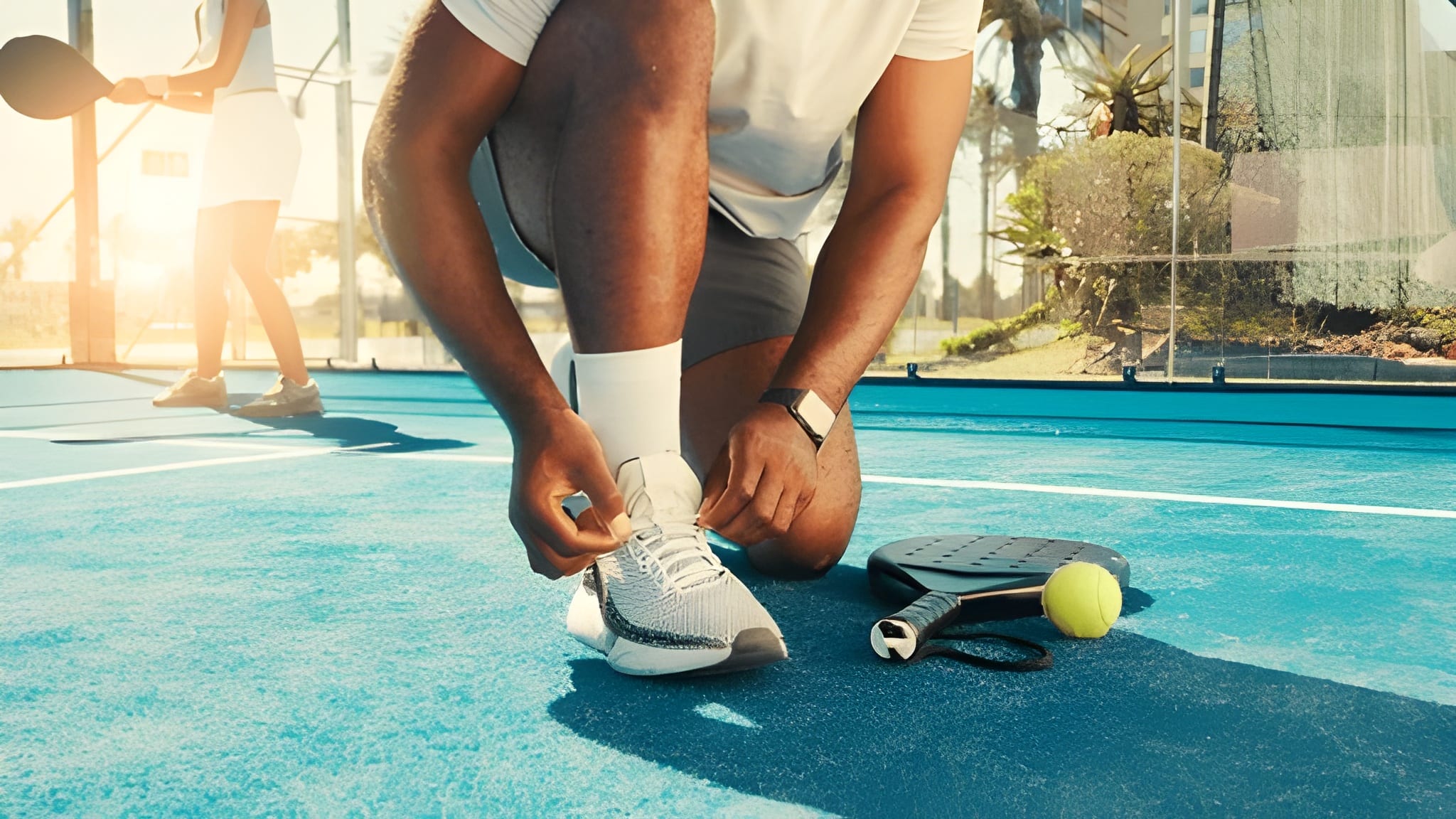
Best Tennis Shoes for Foot Problems 2025 Guide
Foot pain and tennis don’t mix well. Whether you’re a competitive player or just enjoy casual weekend matches, the right tennis shoes can make or break your game — literally. Many men and women suffer from foot conditions such as plantar fasciitis, flat feet, or heel pain, which can worsen with high-impact sports like tennis.
That’s where RZQ Shopping steps in — to guide health-conscious players in the USA and Canada toward shoes that blend medical support with athletic performance. This article explores the best tennis shoes for foot problems, backed by podiatrist insights and real-world testing, ensuring you play your best game without compromising comfort.
Understanding Foot Problems in Tennis
Common Foot Conditions
-
Plantar Fasciitis – Inflammation of the plantar fascia ligament causing sharp heel pain, especially after rest.
-
Flat Feet – Lack of natural arch leads to overpronation and fatigue.
-
High Arches – Too much pressure on the heel and ball of the foot.
-
Heel Pain – Common in players who lack proper cushioning.
-
Overpronation – Excessive inward rolling of the foot during movement.
-
Diabetic Foot – Sensitive skin and nerve issues requiring soft, breathable materials.
Impact on Athletic Performance
Tennis involves constant lateral movements, sudden sprints, and explosive stops. Without supportive footwear, players experience reduced balance, slower reaction times, and increased injury risk.
Expert Medical Insight
According to Dr. Karen Lopez, DPM, “Selecting the right tennis shoe is as vital as choosing the right racquet. A well-designed shoe redistributes pressure, supports your natural gait, and minimizes stress on joints.”
Top 5 Tennis Shoes for Foot Problems
1. ASICS Gel-Resolution 9 – Best for Plantar Fasciitis
-
Price Range: $149 – $169
-
Key Features: Rearfoot and forefoot GEL™ cushioning, DYNAWALL™ stability, AHAR™ outsole
-
Pros: Exceptional heel support, long-lasting cushioning, superior traction
-
Cons: Slightly heavier design
-
Why It’s Great: The GEL cushioning system absorbs shock effectively, relieving plantar fascia stress.
-
Perfect For: Players struggling with morning heel pain or long-match discomfort.
2. New Balance 990v6 – Best for Flat Feet
-
Price Range: $184 – $199
-
Key Features: ENCAP® midsole, dual-density foam, motion control design
-
Pros: Great stability, wide toe box, orthotic-friendly
-
Cons: Bulky aesthetic
-
Why It’s Great: Designed with extra medial support, this model reduces overpronation and maintains proper alignment.
-
Perfect For: Players needing arch reinforcement and control.
3. Brooks Ghost 15 – Best for High Arches
-
Price Range: $140 – $160
-
Key Features: DNA LOFT v2 cushioning, Segmented Crash Pad, breathable mesh
-
Pros: Lightweight and responsive, premium comfort
-
Cons: Moderate lateral stability
-
Why It’s Great: The adaptive cushioning provides soft landings — ideal for players with high-arched feet.
-
Perfect For: Runners-turned-tennis-players seeking shock absorption.
4. K-Swiss Hypercourt Express 2 – Best for Heel Pain
-
Price Range: $110 – $135
-
Key Features: Surge 7.0 midsole, DuraWrap protection, mesh upper
-
Pros: Excellent heel support, breathable, budget-friendly
-
Cons: Limited color options
-
Why It’s Great: Combines heel cushioning and stability for pain-free movement during long matches.
-
Perfect For: Players recovering from Achilles or heel injuries.
5. Orthofeet Coral – Best for Diabetic Foot Concerns
-
Price Range: $129 – $159
-
Key Features: Seam-free interior, orthotic insole, wide toe box
-
Pros: Diabetic-safe design, soft upper, pressure relief cushioning
-
Cons: Not designed for high-intensity play
-
Why It’s Great: Provides exceptional comfort with extra-depth design to prevent pressure points.
-
Perfect For: Players with diabetic neuropathy or sensitive skin.
Shoe Selection Guide
How to Measure Feet Correctly
Use a Brannock device or measure your feet at the end of the day for the most accurate fit. Remember: tennis shoes should leave about a thumb’s width of space between your longest toe and the shoe’s end.
When to Replace Tennis Shoes
Replace shoes every 6–12 months or after 400–500 miles of play, as worn-out soles lose shock absorption and stability.
Importance of Professional Fitting
Podiatrists and sports stores can evaluate your gait and arch type to recommend shoes with optimal support and custom orthotic compatibility.
Maintenance and Care Tips
-
Clean regularly using mild soap and water; avoid machine washing.
-
Air dry shoes — never use heat sources.
-
Use cedar shoe trees to maintain shape and absorb moisture.
-
Rotate pairs if you play frequently to extend lifespan.
Expert Recommendations
“Choose tennis shoes based on function, not fashion. Prioritize support features like cushioning and stability to prevent injury.”
— Dr. Matthew Cohen, Sports Podiatrist, Toronto
Studies published in the Journal of Foot and Ankle Research (2024) found that arch-supportive shoes reduce plantar fascia stress by up to 30%, enhancing comfort and athletic performance.
Comparison Table: Best Tennis Shoes by Foot Problem
| Foot Condition | Recommended Shoe | Price Range | Key Feature |
|---|---|---|---|
| Plantar Fasciitis | ASICS Gel-Resolution 9 | $149–169 | GEL cushioning |
| Flat Feet | New Balance 990v6 | $184–199 | Motion control |
| High Arches | Brooks Ghost 15 | $140–160 | DNA LOFT v2 cushioning |
| Heel Pain | K-Swiss Hypercourt Express 2 | $110–135 | Surge 7.0 midsole |
| Diabetic Foot | Orthofeet Coral | $129–159 | Seam-free, extra depth |
Why Choose RZQ Shopping
At RZQ Shopping, we understand that every foot is unique. Our mission is to connect customers with medically-backed footwear solutions that enhance performance and comfort. We offer:
-
Expert-curated recommendations
-
Transparent medical insights
-
A personalized shoe finder quiz for custom solutions
Conclusion:
Foot health is the foundation of every great tennis match. Investing in the right pair of shoes can mean fewer injuries, longer playtime, and greater confidence on the court.
With RZQ Shopping’s expert recommendations, you can find tennis shoes tailored to your specific foot needs — ensuring comfort, style, and support every step of the way.
FAQs
1. What are the best tennis shoes for plantar fasciitis?
The ASICS Gel-Resolution 9 offers excellent heel cushioning and stability for plantar fasciitis relief.
2. How often should I replace my tennis shoes?
Every 6 to 12 months, depending on usage frequency and wear pattern.
3. Can I use orthotic insoles with tennis shoes?
Yes, especially with models like New Balance 990v6 and Orthofeet Coral, which are orthotic-friendly.
4. Are lightweight shoes better for foot problems?
Not always — stability and cushioning are more important for support and pain prevention.
5. Does RZQ Shopping provide medical-grade footwear recommendations?
Yes! RZQ Shopping specializes in medically-informed, performance-tested shoe recommendations.

